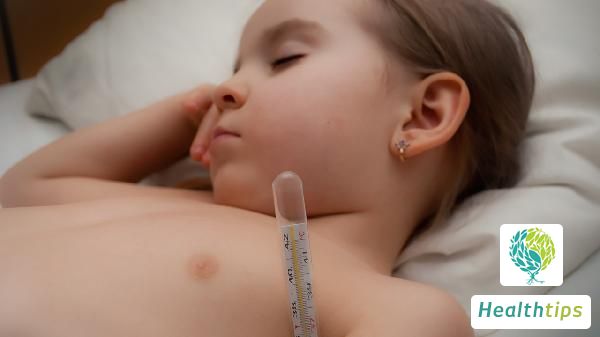What are the symptoms of angle-closure and open-angle glaucoma?
Angle-closure glaucoma and open-angle glaucoma exhibit different manifestations. Angle-closure glaucoma mostly presents with acute symptoms, while open-angle glaucoma results in chronic progressive vision loss.

During an angle-closure glaucoma attack, the angle of the anterior chamber is closed, leading to a rapid increase in intraocular pressure. The most common manifestation is sudden vision loss, which can be overwhelming. Many patients also experience severe headaches and nausea, feeling like they have been suddenly hit hard. The pupil dilates, and the depth of the eye becomes shallow, with some individuals even seeing red images. These symptoms may be mistaken for other diseases, especially in those without obvious symptoms, who may only feel eye soreness or pain.
Open-angle glaucoma is characterized by an open angle of the anterior chamber and a slow progression of the disease. Unlike angle-closure glaucoma, it does not have acute subjective symptoms, and patients usually do not suddenly feel discomfort. This type of glaucoma gradually leads to vision loss, and many people do not notice any issues in the early stages. When it is detected, vision may have already suffered irreversible damage. This process may last for several years, making regular ophthalmic examinations particularly important.
Early detection and treatment of glaucoma are crucial. Regular ophthalmic examinations are recommended, especially for those with a family history of glaucoma. Through intraocular pressure measurements, visual field tests, and fundus examinations, early signs of glaucoma can be detected promptly. For angle-closure glaucoma, doctors may recommend laser iridotomy to prevent acute attacks. Open-angle glaucoma can be managed with medication or surgery to control intraocular pressure and slow disease progression.
Regardless of the type of glaucoma, patients should pay attention to daily care. Maintaining good living habits, avoiding prolonged eye use, and reducing stress and fatigue are important. Dietary intake of foods rich in antioxidants, such as green leafy vegetables and fruits, contributes to eye health. Smoking cessation, moderate alcohol consumption, and regular exercise also help reduce the risk of glaucoma.
After being diagnosed with glaucoma, patients may feel anxious and helpless. Understanding the nature and treatment of the disease can help them cope better. Support from family and friends is also crucial, encouraging patients to actively cooperate with treatment and maintain a positive mindset.
By understanding the different manifestations of angle-closure and open-angle glaucoma and detecting and treating them early, vision can be effectively protected, enhancing the quality of life. It is hoped that everyone values their eye health, undergoes regular check-ups, responds promptly, and stays away from the troubles of glaucoma.



















